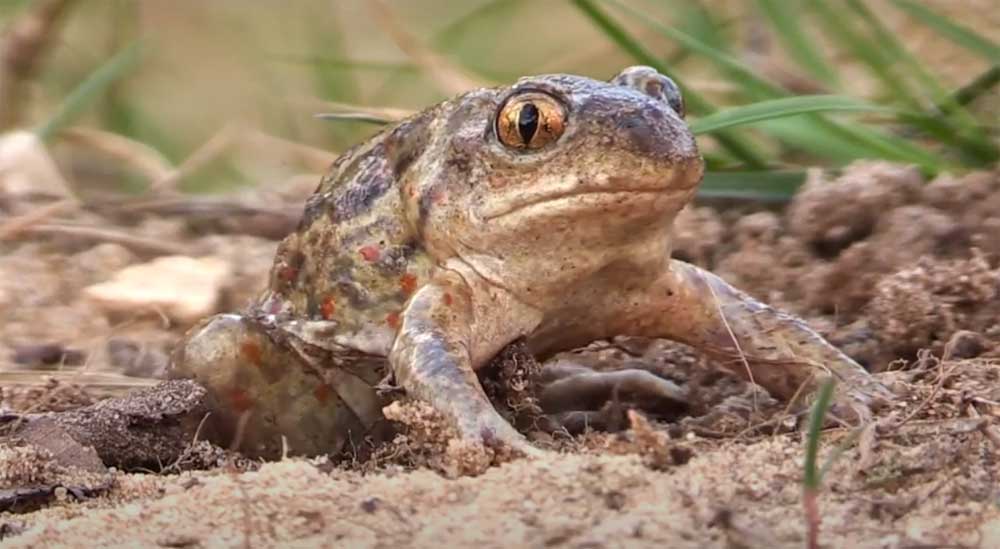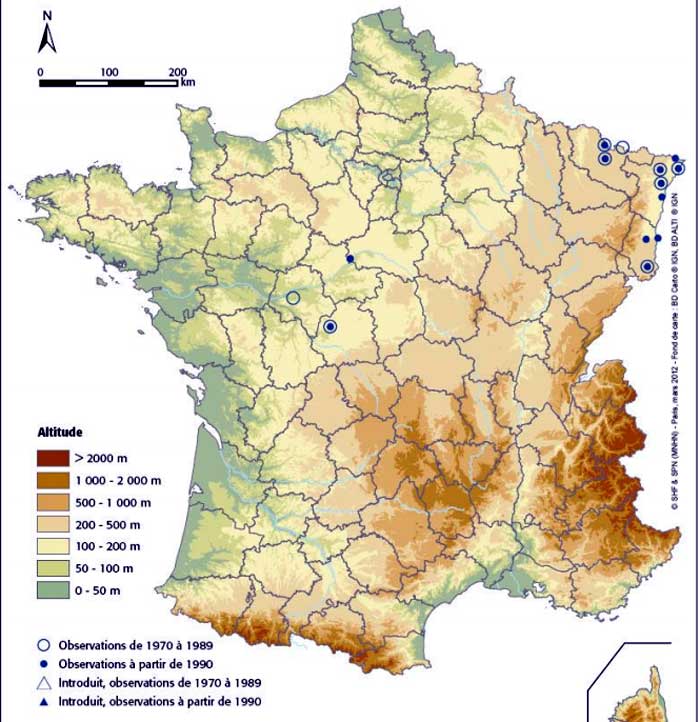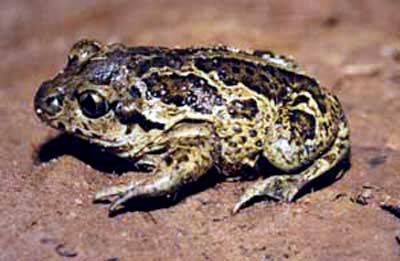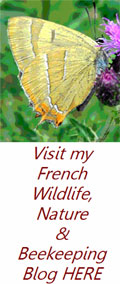Spadefoot Toad
Pelobates fuscus
Pélobate Brun
The Spadefoot toad has a large head with prominent eyes and vertical pupils. It has a squat, stocky body of 6 to 8cm with a light beige or greyish skin marked with dark bands or blotches, in some instances they are marked with small red or orange points on their flanks. The feet are largely webbed and equipped with a highly developed metatarsus tubercle or cutter which enables it to bury itself with great speed in the soft or sandy soil where it lives, often this is in cultivated zones and it doesnt appear to have any particular need for water outside of breeding times.
Essentially nocturnal it spends the day in a cavity that it makes in the soil. Its prey is almost 100% insects with a particular fondness for beetles. When threatened it adopts an aggressive attitude in attempt to impress it adversary, throwing its mouth open and inflating its body. If seized it emits shrill cries which often have the effect of making the aggressor release its grip.
Coupling takes place in April until June, the eggs with a diameter of 2mm are hung in a single string of up to a metre in length, these hatch in 5 to 7 days and metamorphosis takes place during the summer in July/August.
Its distribution remains relatively limited: it is mainly present in Moselle on 5 sites for certain, with a few hundred toads in total and in the Bas-Rhin in around 11 sites with several hundred toads. On the other hand, its presence is very limited in Haut-Rhin, in Indre and Loiret, with a single known site in each of these departments bringing together at most a few dozen individuals in the first two but with a good population in Loiret. The populations of the different departments seem to be on the decline, stable at best, although the number of stations and individuals may vary significantly from year to year.
They have been in steep decline in Western Europe for several years. It is protected at French national level and listed in the appendices of European conventions and directives due to the poor state of conservation of its populations linked to the unfavorable development of its habitat, in particular the artificialisation of river corridors.




